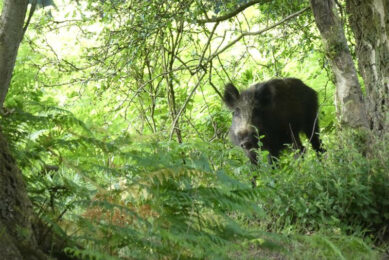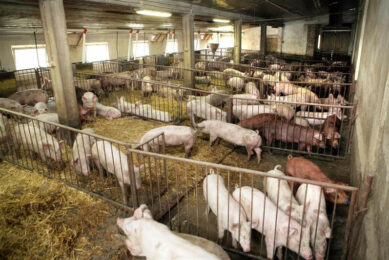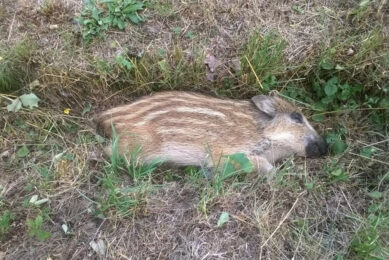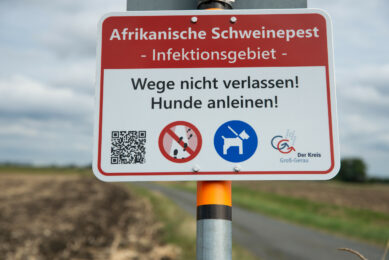ASF Poland: Virus appears to be unstoppable in wild boar
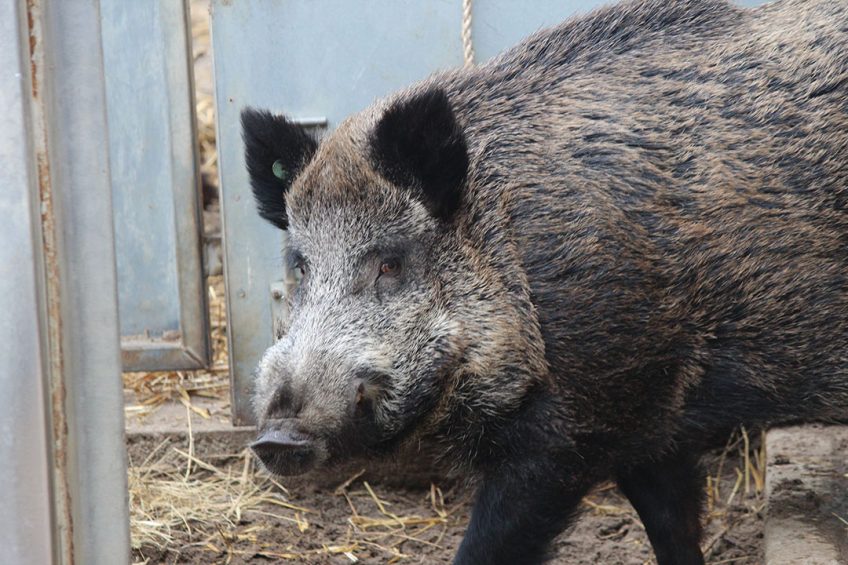
African Swine Fever continues to spread relatively quickly in Poland and appears to be unstoppable.
That was one of the messages shared in a webinar about the spread of African Swine Fever (ASF), set up by the Netherlands embassy in Warsaw, Poland. The disease has been present in Poland since 2014 and has jumped to Western Poland late last year. In the whole of Poland in the first 5 months of the year in total 2,505 dead wild boar were found – that is more than in the whole of 2019.
One of the speakers included the Polish ASF expert Krzysztof Jażdżewski, who is also a member of the EU commission to control ASF. He discussed the Polish wild boar management.
There are many wild boar in Poland
Wild boar are abundant in Poland. For quite a few years now, in each hunting season, the country has been shooting around 300,000 wild boar. The expert said that wild boar have been displaying intelligent behaviour and are often located around cities. In those locations, plenty of food is often available. They also occur in the countryside though. Wild boar often check out whether or not a corn field is safe to enter and will then move in after a few weeks. That may well be a field that happens to be right next door to a pig farm.
Controlling ASF in domestic pigs is easier than in wild boar
Jażdżewski said he regrets that other EU countries appear to think that Poland is not doing anything against wild boar and that the virus would be allowed to roam freely. Jażdżewski said, “Controlling the ASF virus in domestic pigs is a hundred times easier than in wild boar. That is only feasible when the infected area is relatively small, like in Belgium.” Nevertheless, he said to be optimistic that Poland will be capable of eventually controlling the virus.
Compensation for shooting and reporting of wild boar
It’s no coincidence that in recent years quite a lot of infected wild boar have been found. That is not only related to the virus. Since 2017, hunters are being given a compensation for the shooting as well as the reporting of wild boar that were found dead. According to Jażdżewski, the shooting as well as the removal of carcasses are the most important measures to completely control ASF. There is, however, a lot of work to be done. At the moment 45.67% of the country’s surface is considered to be infected area or at risk for ASF.
Fence around the pig farm
One other speaker was the Dutch pig farmer Bas Zegers, who owns a pig farm in the west of Poland. His farm is located in the surveillance area. Because of ASF he does not earn as much money as he usually would – and he has to test 30-60 pigs/week before he can ship them to the slaughterhouse.
Zegers constructed a fence around his farm. That is how he hopes to keep wild boar away from his premises. In addition, he applies a very strict hygiene protcol for both staff as well as visitors. Together with other speakers, he is convinced that people form the highest risk for bringing ASF into a pig farm.



